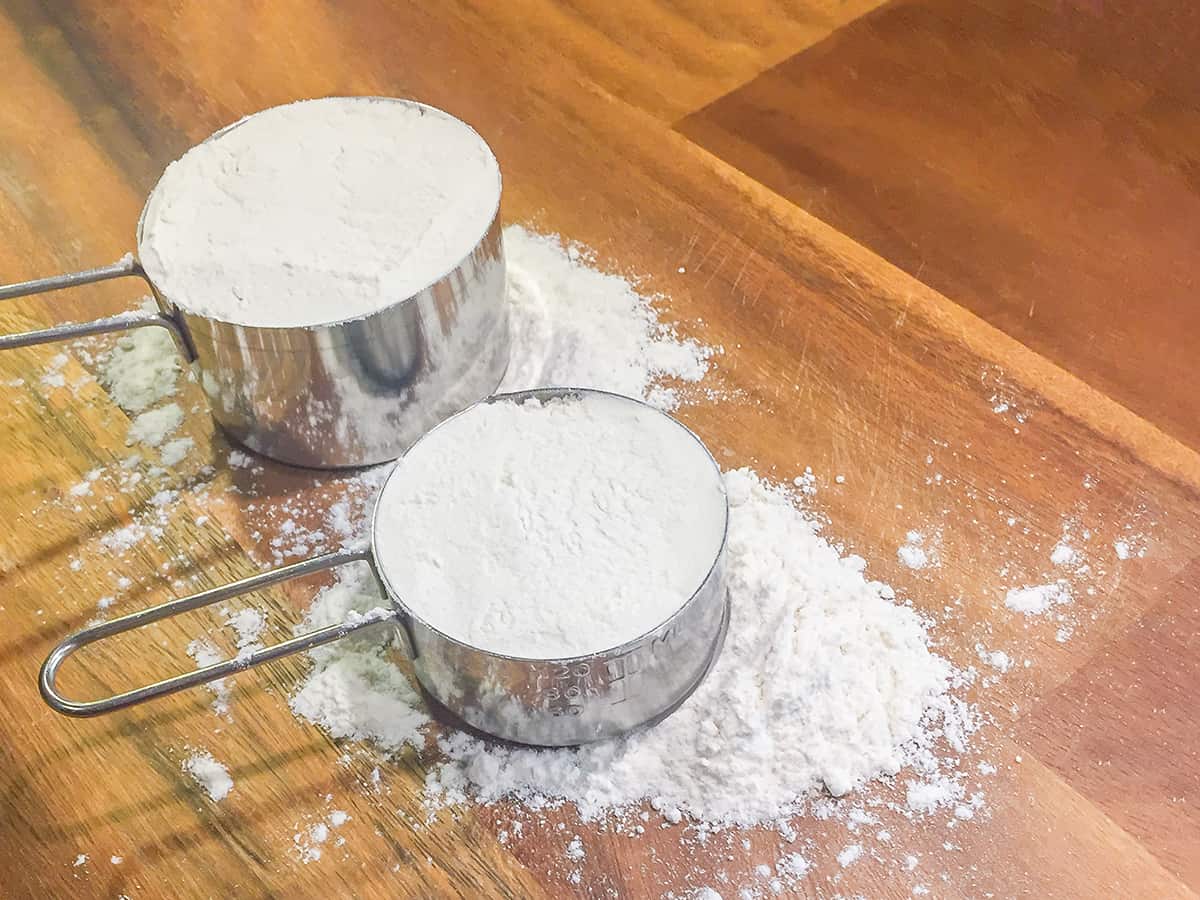How many cups in a pound in order to get the results, you want from your cooking or baking, precise measures are essential. However, the use of different units of measurement, such as cups and pounds, can be perplexing. Measurements for ingredients can be made in either cups or pounds, depending on the recipe. How many ounces are there in a pint, then? Let’s get into this and sort things out once and for all.
Understanding Cups as a Measurement
In the kitchen, cups are a typical measuring tool. They are commonly used for both dry and wet products, including flour, sugar, rice, water, milk, and oil. A typical cup in the United States contains around 236 milliliters, or 8 fluid ounces.
Understanding Pounds as a Measurement
But meat, fruit, vegetables, and other solid items are weighed in pounds. In the United States, one pound is equal to about 454 grams, or 16 ounces.
Converting Cups to Pounds
- Depending on the substance, converting cups to pounds can be tricky. how many cups in a pound A cup of one component may weigh more or less than a cup of another because of their varying densities. For this reason, the weight of one cup of flour will vary from the weight of one cup of sugar.
- Knowing the density or weight per cup of a certain component is necessary for making the cup-to-pound conversion. You can typically find this information on the ingredient’s container, or you can look it up in a reputable cookbook, culinary website, or food database.
- Consider all-purpose flour, a staple ingredient in many kitchens and dishes. All-purpose flour typically ranges in weight from 128 to 142 grams per cup, or around 4.5 to 5 ounces. Consequently, the weight per cup must be divided by the total number of cups in order to convert cups of all-purpose flour to pounds. To convert a recipe calling for 4 cups of all-purpose flour to pounds, you would do the following:
- 4 cups of all-purpose flour = 4 cups x 4.5 to 5 ounces/cup = 18 to 20 ounces = 1.125 to 1.25 pounds approximately.
- Please keep in mind that this is only a rough conversion, as the final weight may vary significantly depending on the brand or type of flour used.
Converting Pounds to Cups
The density or weight per pound of a substance might make it difficult to convert pounds to cups. In order to convert pounds to cups, you must first determine the weight per pound of the substance in question.
For example, let’s consider granulated sugar. The general rule of thumb is that 1 pound of granulated sugar is equal to approximately 2 ¼ to 2 ½ cups. Therefore, if a recipe calls for 1 pound of granulated sugar, the conversion to cups would be:
1 pound of granulated sugar = 1 pound x 2 ¼ to 2 ½ cups/pound = 2.25 to 2.5 cups approximately.
Furthermore, these conversions should be used as rough estimates because different brands or types of substances may have somewhat different densities.
Conclusion
To sum up, it’s helpful to know how to convert between cups and pounds in the kitchen for more precise measurements. These conversions are only rough estimates, though, because different substances will have varying densities and weights per cup or pound. In order to get the right amount of an item, it’s best to check authoritative sources like the package it came in or a reputable cookbook.
To convert cups to pounds, simply divide the total number of cups by the ingredient’s weight per cup. Knowing the ingredient’s weight per pound allows you to divide the total weight by the desired volume, in this case cups.
Using a kitchen scale to measure components by weight rather than volume, such as cups, can frequently result in more precise and consistent results, especially when working with ingredients that might be compacted or have varied densities. The success of your culinary creations can be substantially improved by utilizing a kitchen scale to measure out ingredients precisely.
In conclusion, knowing how many cups there are in a pound can be beneficial in the kitchen, but you need also be aware of the density or weight per cup or pound of the individual component you’re working with. If you want precise results, use a kitchen scale and make sure to check your measures with reputable sources. Have fun in the kitchen.











